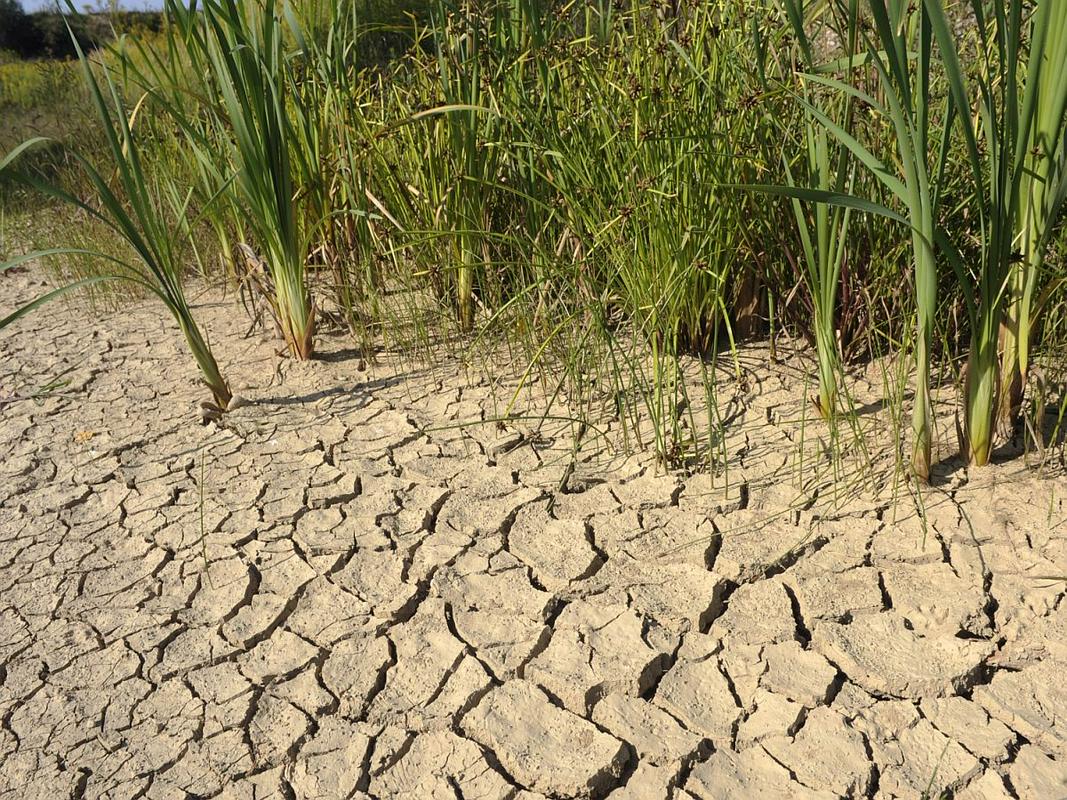
"In absolute terms Slovenia's contribution to greenhouse gas emissions is not substantial, but when emissions per capita are considered, the picture is much worse," Bergant said, and emphasized that globally 2014 was the warmest year recorded since record-keeping has begun, i.e. since 1880.
The continents are heating up more than the oceans, therefore in Slovenia and in Europe more intensive warming has been noticed, as indicated by the average values. "During the last 135 years the air temperature has globally increased by 0.7 degree Celsius, and by one degree on the continents, while the trend in Slovenia was much more intensive. Only in the last 50 years an increase of 1.7 degree has been documented," Bergant warns.
In the period from 1961 to 2011 temperatures in our country generally increased by 0.33 degree Celsius per decade. The quantity of precipitations diminished by two percent, and depth of snow cover by 15 percent every 10 years. Height of snow cover diminished by 15% every 10 years. Solar radiation increased by two percent per decade.
"Slovenia is heating up faster than the rest of the world." Forecast for the coming years up to 2050 show that we can expect more precipitations during winter periods, and less in summer. Temperatures will be higher mostly in winter and in summer; generally all the regions will heat up.
They are also warning of increased frequency of drought, and caution that if periods between draught in agriculture start shortening, the question should be asked whether to consider that phenomena a natural disaster, or climate reality.
G. C.
Translated by G. K.

































































